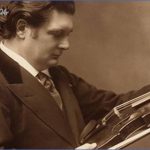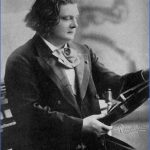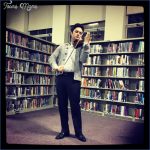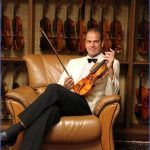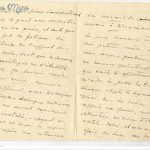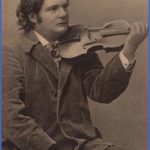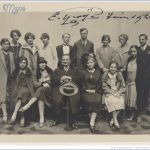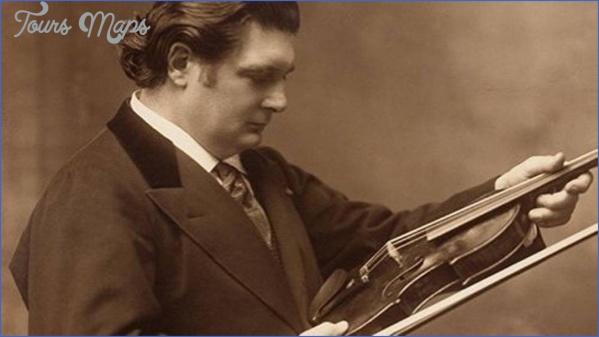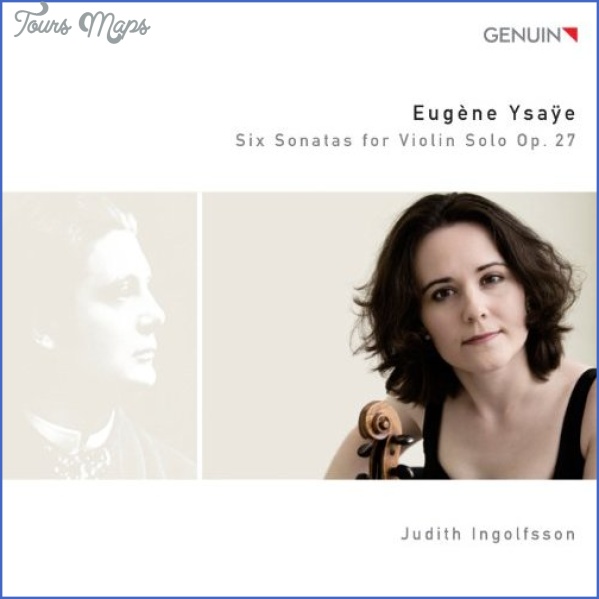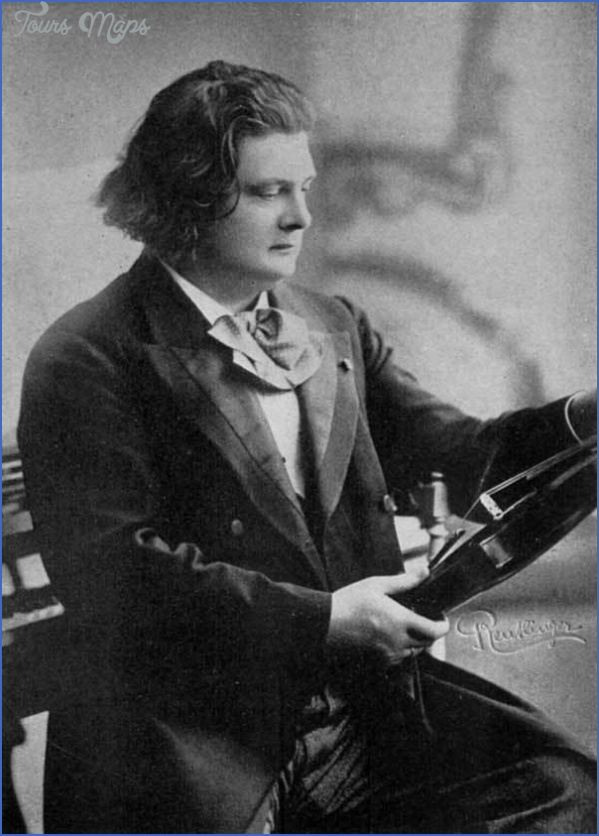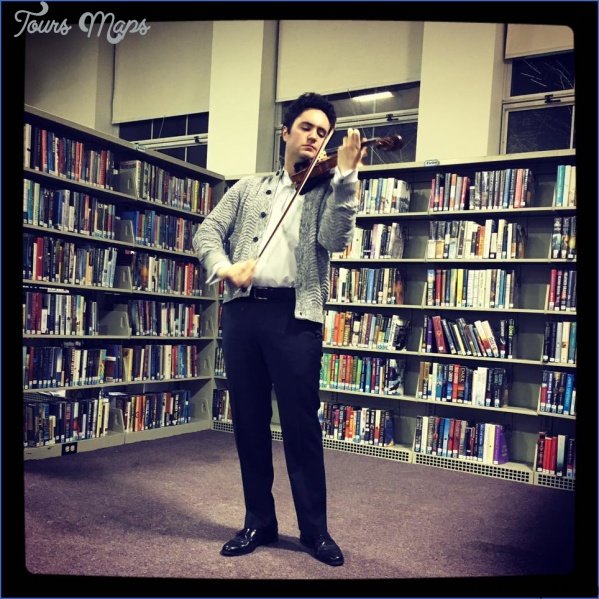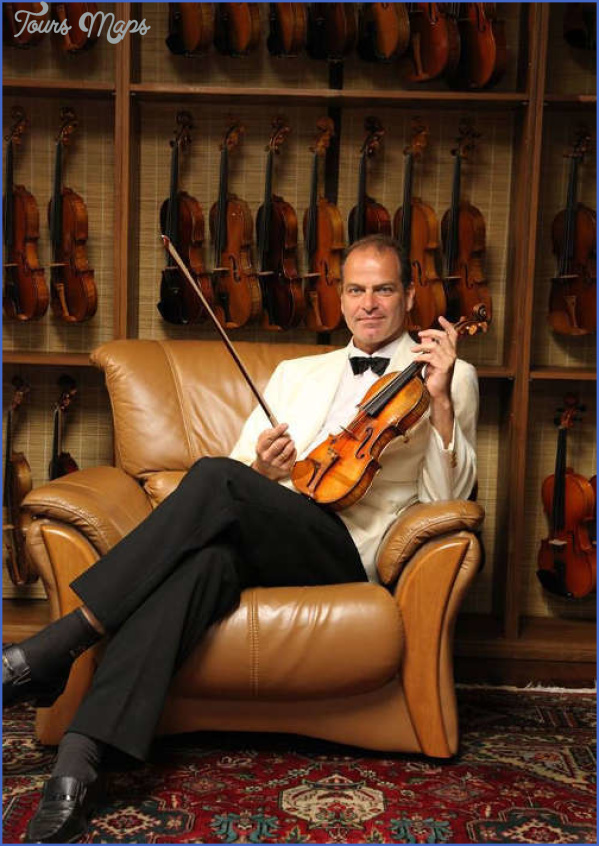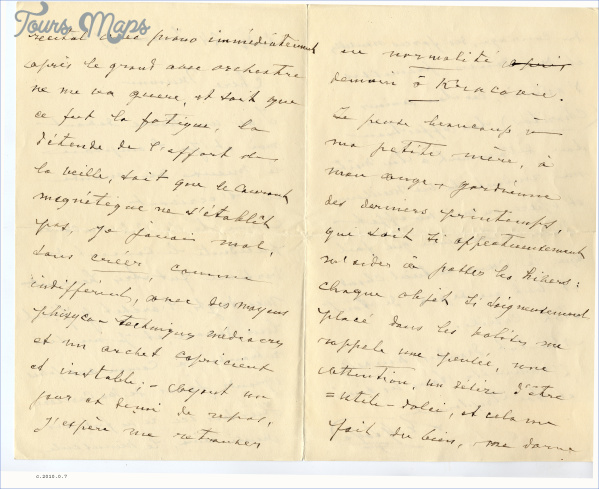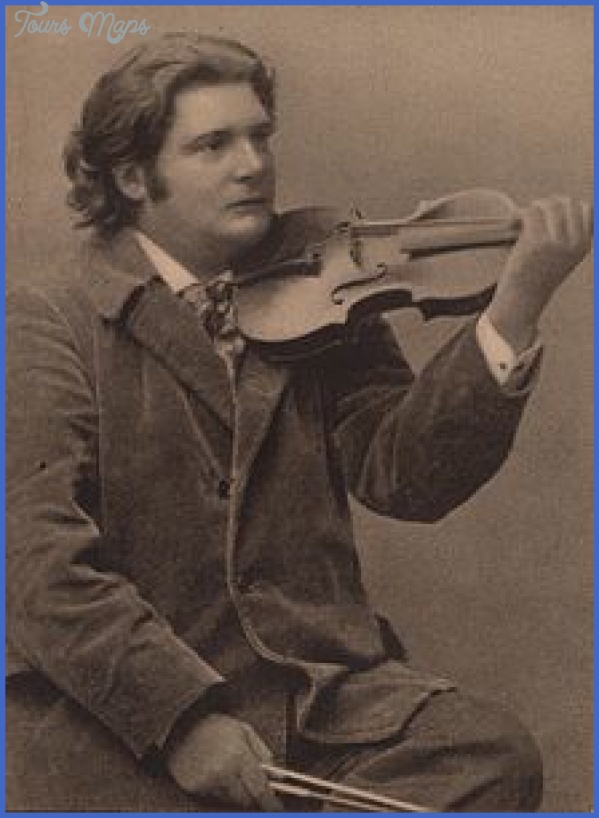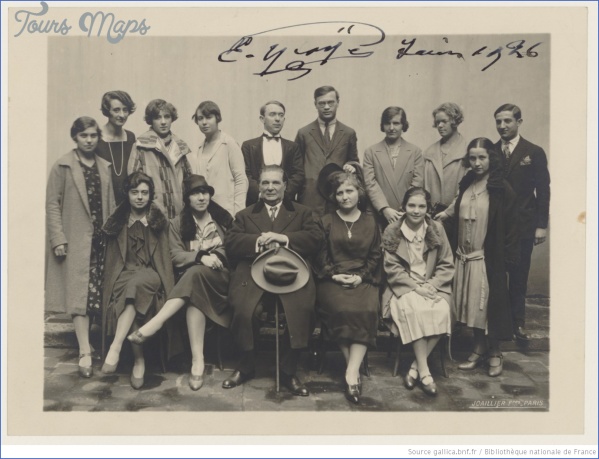YSAYE MUSEUM
Wranitzky displays, Nova Rise
Premonstratensian monastery in the village before pursuing their careers in the imperial capital. It is at the monastery, which suffered some neglect (at best) during the socialist years, that a display in their memory was set up in 1992, as a joint Czech-Austrian enterprise, which in due course is intended to develop into a larger museum and research centre. The display is confined to a pair of rooms on the upper floor of the monastery buildings, close to the ancient library. There are portraits and engravings, including some of other members of the family (Anton had two daughters who were singers: Karoline was the first Agathe in Der Freischutz), instruments of the period including a Viennese fortepiano and several wind instruments, handbills, facsimile manuscripts and early editions of the brothers’ music, reviews and other items to evoke the Vienna of the closing years of the 18th century and the beginning of the 19th. Recorded performances of symphonies by the brothers supply an attractive background.
Eugene Ysaye’s studio may appeal even more to those interested in Belgian Gothic Revival or Art Nouveau interiors than simply to the musically inclined. In 1894, the violinist-composer commissioned his fellow liegeois and exact contemporary, the architect and interior designer Gustave Serrurier-Bovy (1858-1910), to fit out the studio of the house he was having built at 48 Avenue Brugmann in Brussels. Serrurier-Bovy obliged, decorating it with oak cabinetry and furniture, distinctive light fittings and picture frames, and even brass doorhandles and locks with musical motifs.
YSAYE MUSEUM Photo Gallery
When in 1931 Ysaye died, his children offered the studio to the City of Liege. It was decided that it should be installed in the Conservatoire, in Rue Forgeur, but no action was taken until after World War II. Later, additional teaching space was needed there, and the studio has ended up on the second floor of an annexe to the Musee d’Art Religieux et d’Art Mosan (art of the Meuse region). Tucked away there since 1977, it is in effect a memorial to both musician and designer. Ysaye is still commemorated at the Conservatoire where he was a student: the street between the Eglise St Jacques and the Conservatoire, outside which stands a large stone bust of the violinist, is the Rue Eugene Ysaye.
If you are successful in finding the studio you will be enchanted above all by the ambience and the unity of the decor Re-creation of Ysaye’s Brussels studio, Liege but also by the individual objets d’art, the handsome library and the portraiture, which includes busts and statuettes. Some items have both artistic and musical significance: they include Ysaye’s specially decorated upright Pleyel piano and adjustable oak music stand, his imposing desk with the integrated porte-partition and a beautiful Emile Galle vase which when struck (gently!) produces, appropriately enough, a perfect A (= 440) (see p.66).
His large library includes the handsomely bound published works of numerous English, French, German, Swedish and Russian novelists, dictionaries and encyclopedias as well as music (opera vocal scores, collected editions and chamber music parts, though none of his manuscripts) and books on music in a selection of languages. In addition to portraits, a bust and a delightful unfinished statuette of Ysaye, there is a brass model of his left hand holding the neck of a violin. There are images of other composers too, including delightful statuettes of Paganini and Haydn, busts of Beethoven, Vieuxtemps (another liegeois and Ysaye’s teacher) and Benoit, and portraits of Beethoven and Brahms. But photographs of Queen Elisabeth of Belgium, a great supporter of music and friend to Ysaye, predominate. In a quiet corner hangs a framed drawing of the house at 231 Rue Sainte-Marguerite where in 1858 he was born.
There are also personal items on display (though not of course his Guarneri ‘del Gesu’ violin), among them an old horseshoe for good luck, a collection of pipes, a large chessboard and his typewriter. Opposite the top of the stairs, to your back as you ascend, sitting atop an Art Nouveau plant stand, is a small pewter coffer decorated with musical reliefs that contains the composer’s heart, for contemplation and homage as you depart.
Maybe You Like Them Too
- Explore Doncaster, United Kingdom with this detailed map
- Explore Arroyito, Argentina with this Detailed Map
- Explore Belin, Romania with this detailed map
- Explore Almudévar, Spain with this detailed map
- Explore Aguarón, Spain with this detailed map

